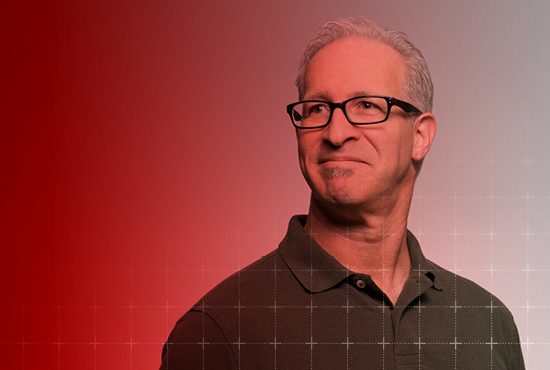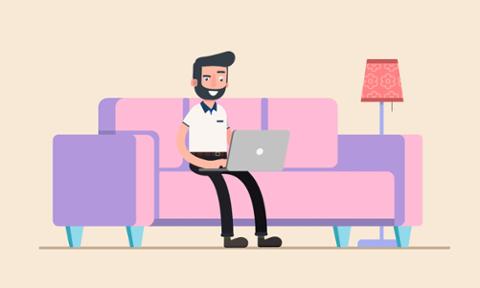
While, in many cases, it's best to get every shortlisted candidate into your office for a face-to-face interview, it isn't always possible. And while bringing candidates to your office allows you to showcase your company culture and more easily uncover elite tech talent, when done correctly, remote interviewing can be nearly as effective.
With this in mind, follow a few key principles throughout your remote interviewing so that you can be just as effective at home as you are in the office.

Get even more insight. Download Dice's eBook "Hiring Remote Workers for Tech Roles" now.
Set Expecations
Before the interview even takes place, set expectations with your candidates to make sure they clear on all aspects. Remote interviews require more coordination on your part, but by following a standard checklist for each session, you and your team should be able to do this with ease. Your checklist should include:
- Whether the interview will be audio or video (note: we suggest video)
- What type of software or program will be used (and if it needs to be downloaded)
- An email of all the names (and titles) of those who will be interviewing
- A loose agenda and time expectation for the interview(s)
Prepare Your Workspace For Remote Interviews
Just as your office makes leaves an impression on your candidates when they come in for an in-person interview, your environment during a video interview can be just as important. While it may seem obvious, recruiters that conduct video interviews in chaotic or messy environments can lose candidates. Not only does it project a less robust image of the type of company they interviewing with, but it also can show a lack of caring. Make sure that your remote interview is just as professional as your in-person interviews would be. And, while it goes without saying, make sure your interview questions are prepped and ready.
Reduce the Pressure
Often times, remote interviews can start off on an awkward note. Since you're not in person, it's more difficult to pick up on body language cues, which can make candidates tense up and hinder their focus on the actual interview. This is all in addition to the lag caused by poor network connection, which can add to their pressure. Help your candidates feel at ease from the start by beginning the interview with some small-talk and a few "layup" questions. Let your candidates shine and be themselves. Then, once you've settled into an easier conversation, move onto the more advance questions. Remember, your job is to uncover their capabilities and work ethic - and none of that is possible if you can't establish a conversation.
Check Your Tech
Nothing spells disorganization like running into tech issues. Whether it's ensuring your audio and microphone work correctly or double checking your network connection, you should be 100% certain that the technology on your end of the remote interview is working correctly.
Define Next Steps
Much like you would with any other interview, make sure that you clearly define the next steps in the process. If the job will be offered and the candidate will begin by working remotely, make sure that this is clearly defined to your candidates and answer any questions they have. In many ways, your job of transitioning candidates into productive employees is just as important as finding candidates. So, make sure that this transition is as smooth as possible.


